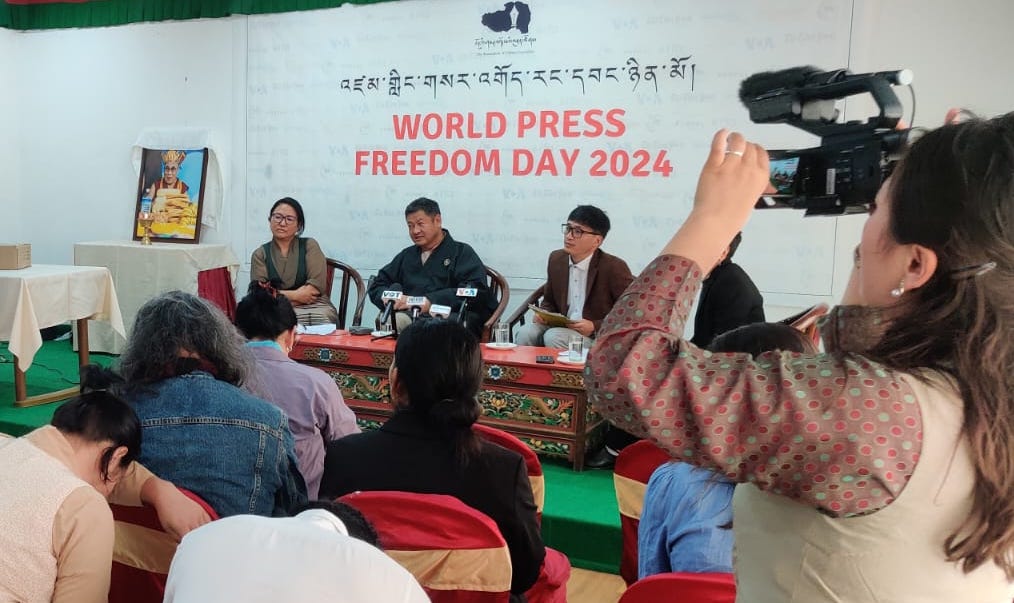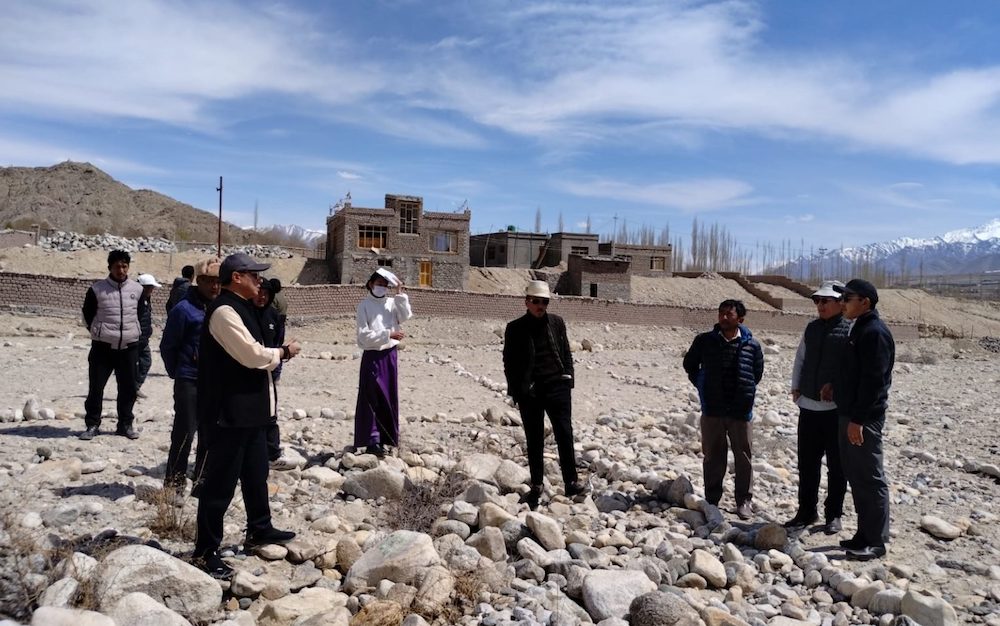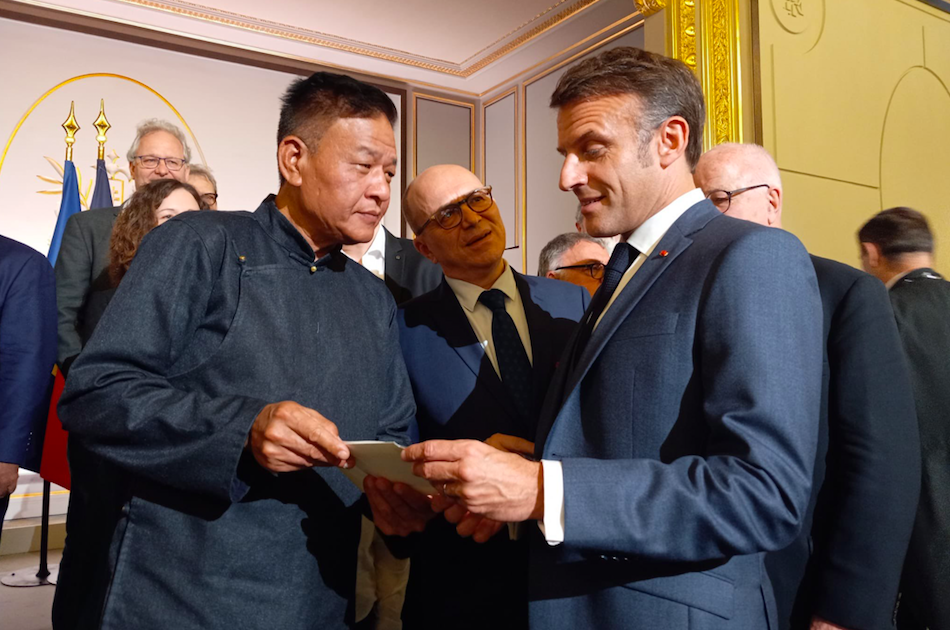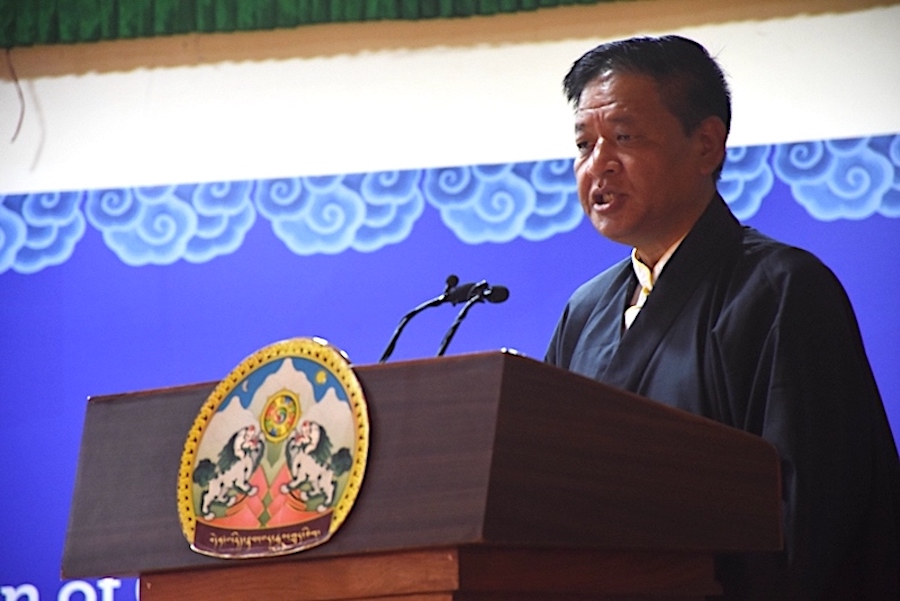LHASA – Chinese President Hu Jintao is largely responsible for a multi-billion dollar plan to modernize China’s Himalayan hinterlands, a leading Tibetan official said.
Jampa Phutsok, chairman of the Tibetan Autonomous Region (TAR), said the plan dates to Hu’s time as Tibet’s top official in 1989.
“The Tibetan people are very satisfied with Hu Jintao, his proposals have become the guiding principles on the development of Tibet,” Phutsok, the top ethnic Tibetan leader in the region, told journalists.
“When Hu Jintao came to Tibet, the Dalai Lama clique began stirring up trouble and the situation was volatile…, but he took Tibet from chaos to order and from order to change.”
Phutsok said Hu was largely behind a central government policy that has sent some 40 billion yuan (4.9 billion US) in infrastructure investment to Tibet from 1995 to 2001, and which has earmarked an additional 70 billion yuan in infrastructure investment and financial subsidies from 2001 to 2005.
“When Hu Jintao was here he had one focus and that was to develop the economy,” said Phutsok, who is chosen and paid by the Chinese government.
“He gave the people three guarantees, which were to develop the economy, maintain stability and raise the living standards of the Tibetan people,” he told some 40 Western journalists on a rare reporting trip to the region.
Outside of Tibet, Hu is best known for ordering martial law in Lhasa in early 1989 and quelling widespread anti-Chinese and pro-independence demonstrations.
Hu left Lhasa in 1992 to become one of the top leaders in China’s Communist Party, a move that began a grooming process leading to his appointment as head of the party in November 2002 and as state president in March.
Hu also sat in on two key high level meetings convened at the highest level of the party on Tibet’s development in 1995 and 2001, Phutsok said.
The Central Work Symposiums on Tibet also decided to eliminate all “splittist activities” or pro-independence efforts by Tibetans to separate from China, he said.
“It was decided that Tibet’s development was a question of the development of the entire nation and that stability in Tibet was a question of national stability,” Phutsok said.
China’s massive investment and financial subsidies for Tibet are changing the face of the region that has traditionally been China’s most impoverished area and which remains so in the rural regions which are still overwhelmingly populated by ethnic Tibetans.
The huge influx of money has also led to a large immigration of Han Chinese to the region, who appear to be controlling the greater part of economic activities in Tibet’s urban regions.









